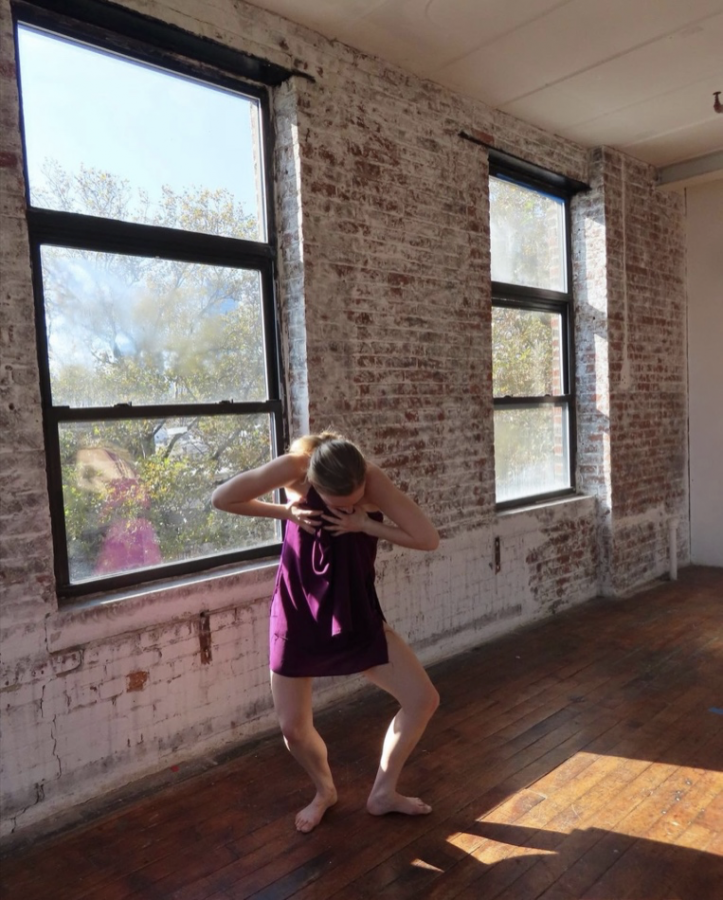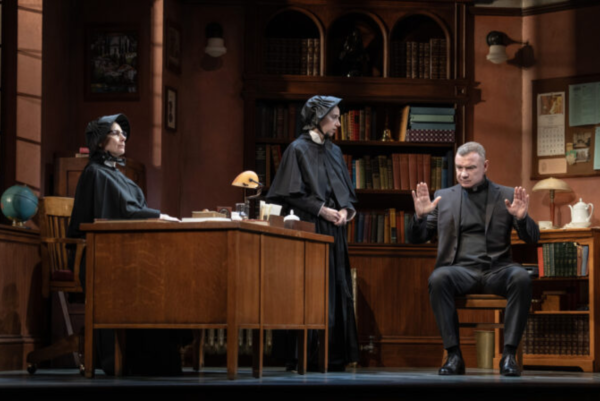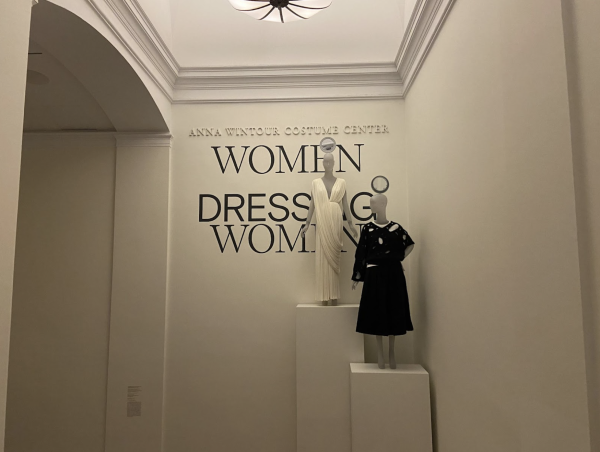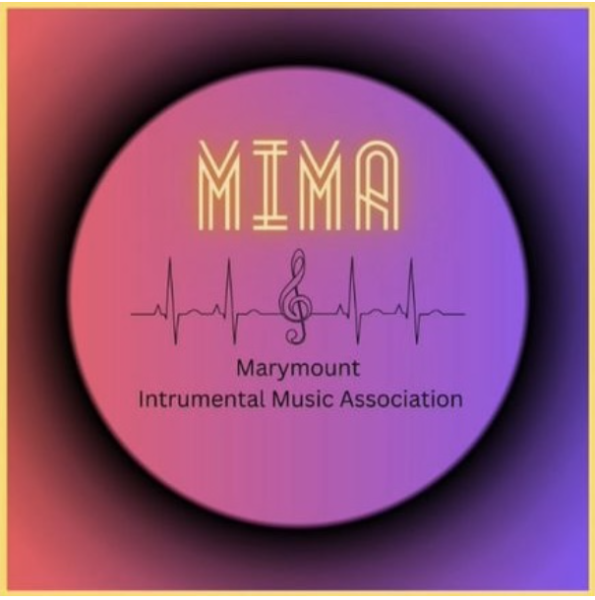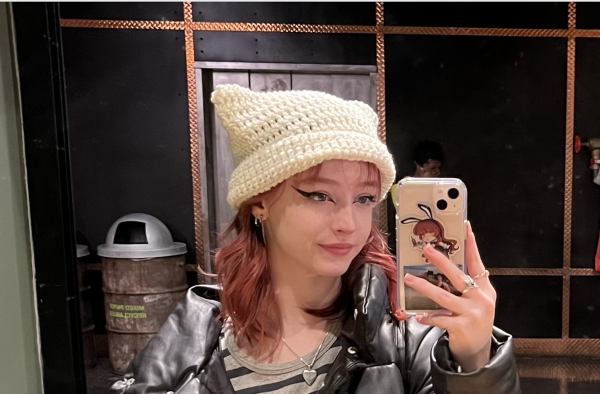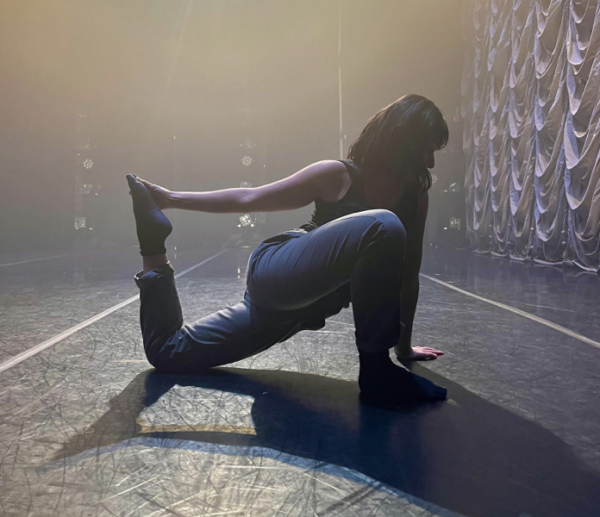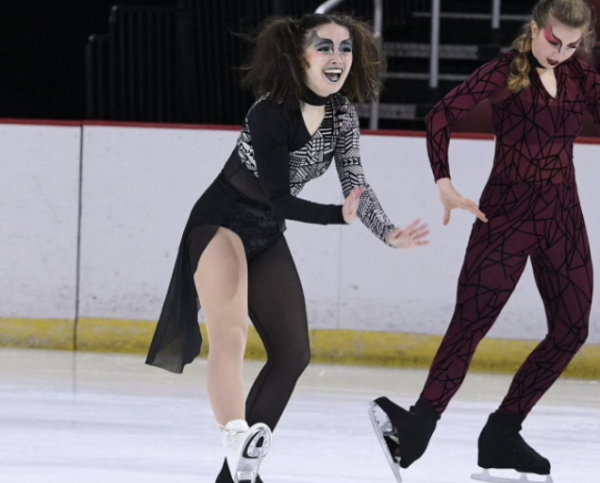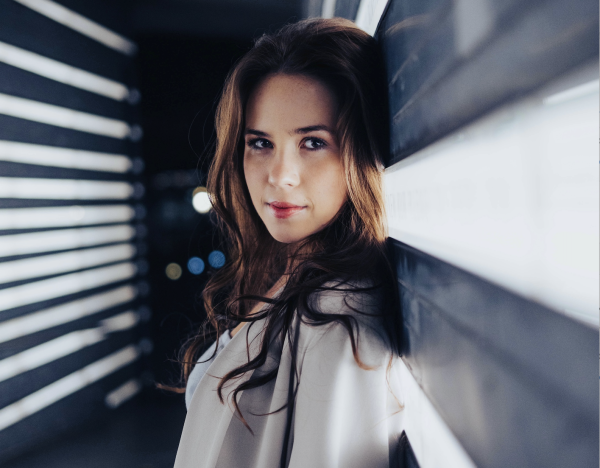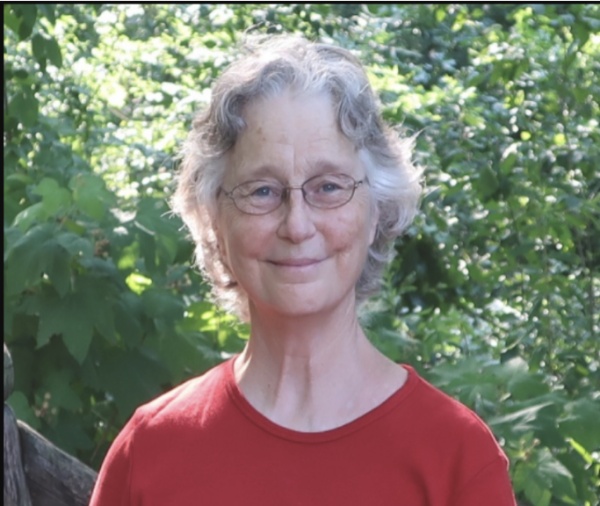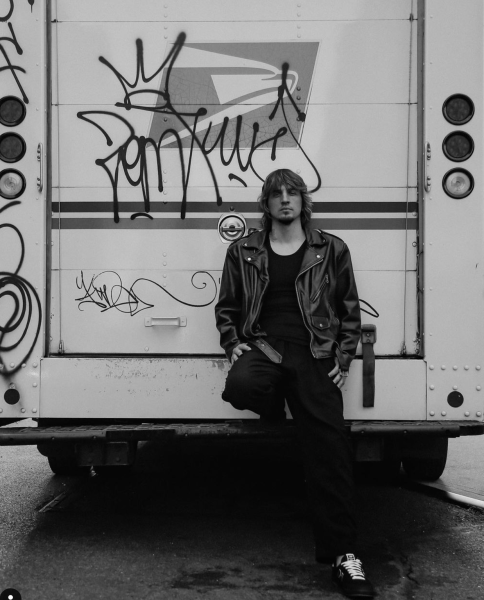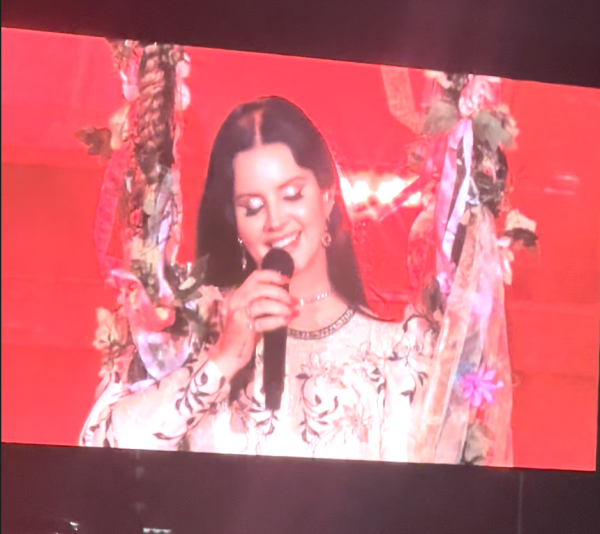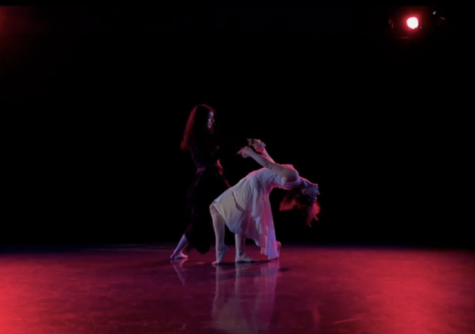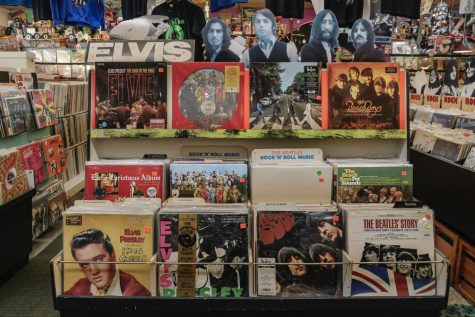Exploring a New Terrain
Marymount Manhattan College Dancer Payton St. John Approaches Dance on Film
In a matter of days, the concept of an audience shifted from 250 people placed in neat rows of velvet-covered chairs, breathing the same air as performers perched upon the stage, to a limitless number counter ticking each faceless audience member at the top left of a computer screen. Dancers and choreographers no longer needed to think about projecting their deeply internalized emotions to the person sitting in the last row; however, these artists instead had to learn how to translate the meanings of movements through the barriers of a camera lens and computer screen.
Payton St. John, a dance major at Marymount Manhattan College pursuing her Bachelor of Fine Arts degree with a dual concentration in modern dance and choreography, deeply felt the impacts of the drastic shift between dance performance for a live audience versus the creation of dance films for audiences in their respective homes. She has participated in the dance department’s Dancers At Work showcase six times thus far in her college experience, performing her fellow student choreographers’ works for four semesters and creating her own work for two. As the college’s Fall 2020 semester remained fully virtual, St. John was tasked with creating a dance solo that would be pre-recorded and later streamed to a virtual audience.
“At first, I was not a major fan of dance films; I found myself feeling empty and unfulfilled, as I worked to translate my visceral, living, and ephemeral sensations and experiences through this new, two-dimensional, and lasting medium,” says St. John.
Although movement creation and cultivation continues to be the core of a dance piece, whether it be for the stage or the screen, the extra elements involved with videography have impacted choreographic processes. During a live performance, audience members are able to choose where they focus their eyes. In a traditional proscenium theater, the canvas in front of the audience includes the entirety of the stage, framed by the wings. Although a dance film can capture this proscenium image, most tend to incorporate cinematic elements of zoom, angles, and special effects, shifting the idea of what defines a dance performance.
“The two exist in the same world, but present unique gifts that the other cannot offer in the same way,” says St. John, noting that live dance performance and dance films cannot replace each other.
St. John’s choreographic process used to create dance movements has remained nearly the same. She continues to source her choreographed movements by using inspiration from images, sensations, and fantasies. St. John explores the human body’s possibilities–and its limits–through her choreography for both the stage and the screen. However, she has noticed some differences in other steps of her creation process, such as the editing phase, while creating a dance film.
“As I go into the editing process, I find myself in a relatively amorphous place. The editing… becomes its own choreography… I wonder how this compositional approach to film will impact my creation of live works in the future,” says St. John. For both solo and ensemble dance films, St. John films a collection of separate pre-choreographed phrases and prompted improvisational work. She gives the piece structure during the post-production editing process. This is interesting to note, as the permanent lifespan of film allows for the adjustment of temporal patterns after clips are recorded.
This semester, St. John is creating a group piece for the virtual Dancers At Work showcase. She is very fortunate in the fact that all of her dancers are currently living in New York City, so she is able to experience the creation process for this dance film with her dancers.
“All of my cast members are in the city, so I have experienced some sort of normalcy, in rediscovering group collaboration and being forever inspired and motivated by every aspect of their identities,” says St. John.
Although the collegiate dancer’s experience is so heavily defined by live performance experience, it unfortunately is not possible to safely host live showings of dancers’ work. Marymount Manhattan College dancers did not allow for this hurdle to stop them from making artistic discoveries. In fact, St. John’s experience represents both the resilience of these dancers as well as their ability to find even more creative advances than ever before.
The experience of creating dance films has inspired St. John to question how elements of this temporally fixed presentation of dance can impact future live dance performances, which have a fleeting nature. Although a bit weary of this form of presentation, St. John has used the situation at hand in order to inspire her art that she is presently creating as well as the art she hopes to create in a post-pandemic world.
“How can my choreographic process blur the boundaries between film and live performance, so that I can find new ways to present work in the live realm?” asks St. John, eager to continue her work on the screen and hopefully, one day soon, back in a live performance space shared with audience members.
The Spring 2021 Dancers At Work showcase will be livestreamed on April 23rd and 24th at 7:30pm EST at this link.

